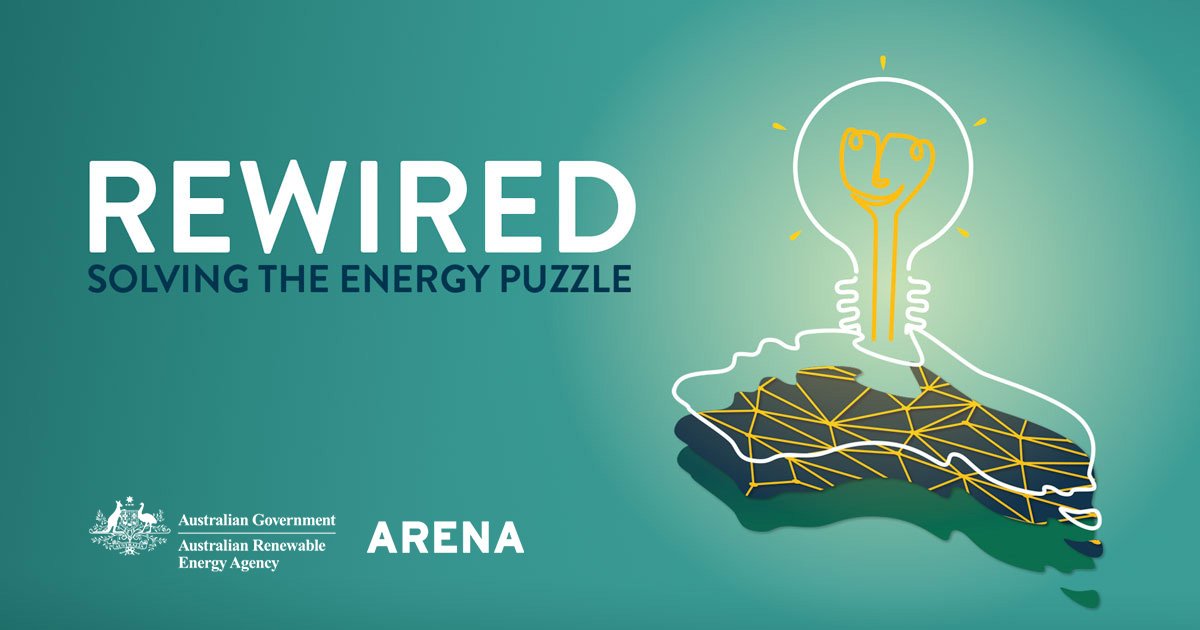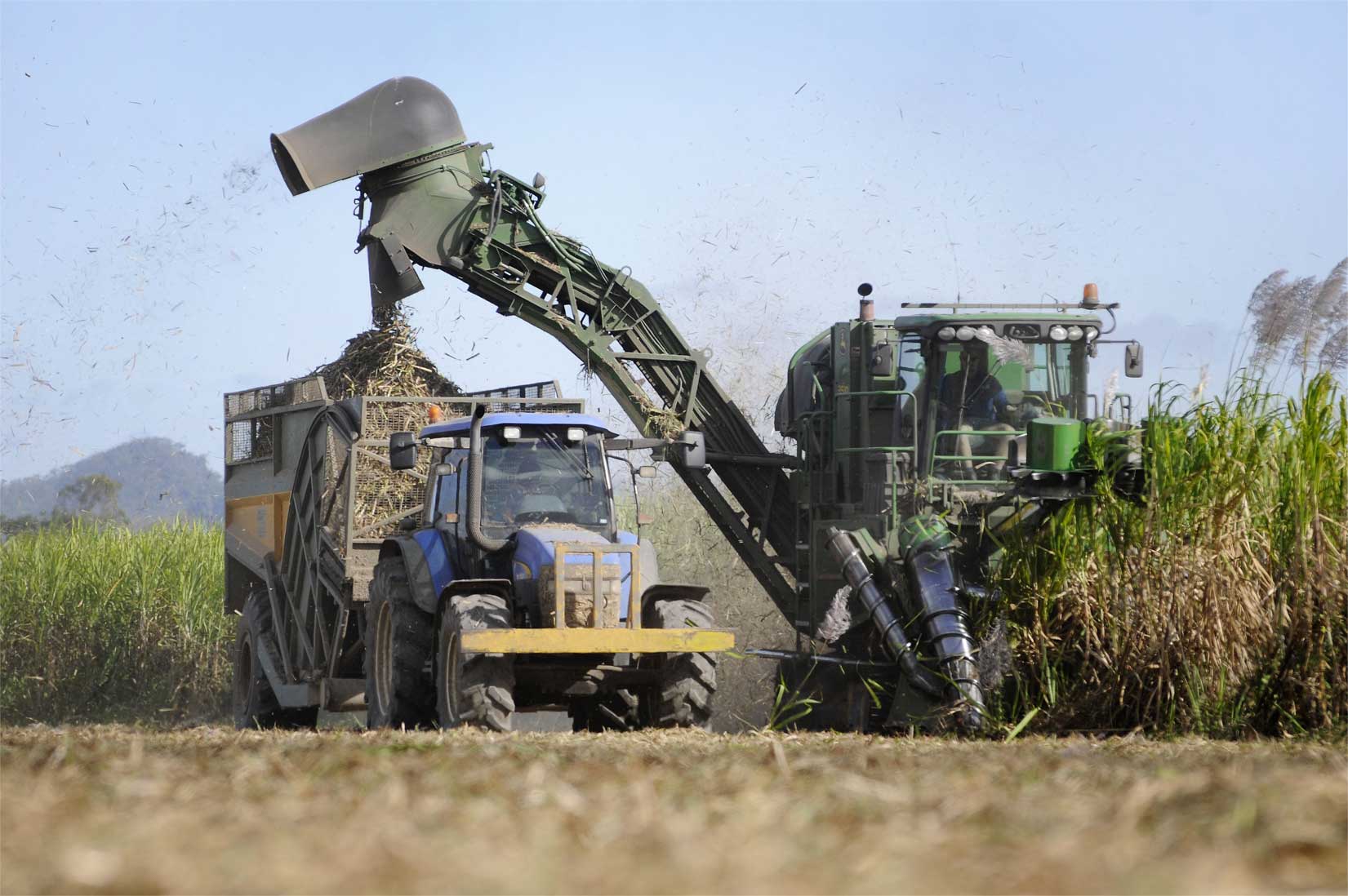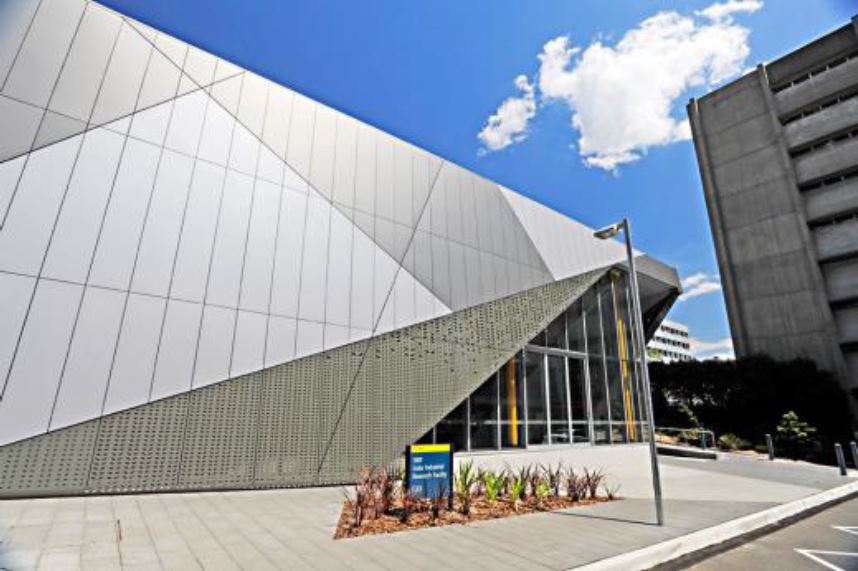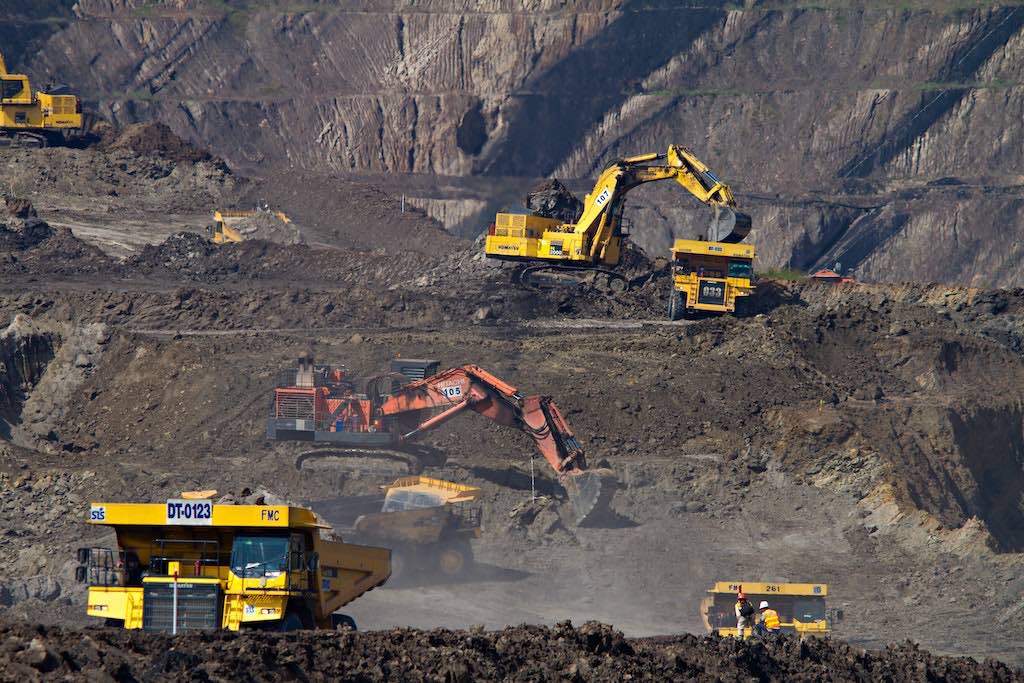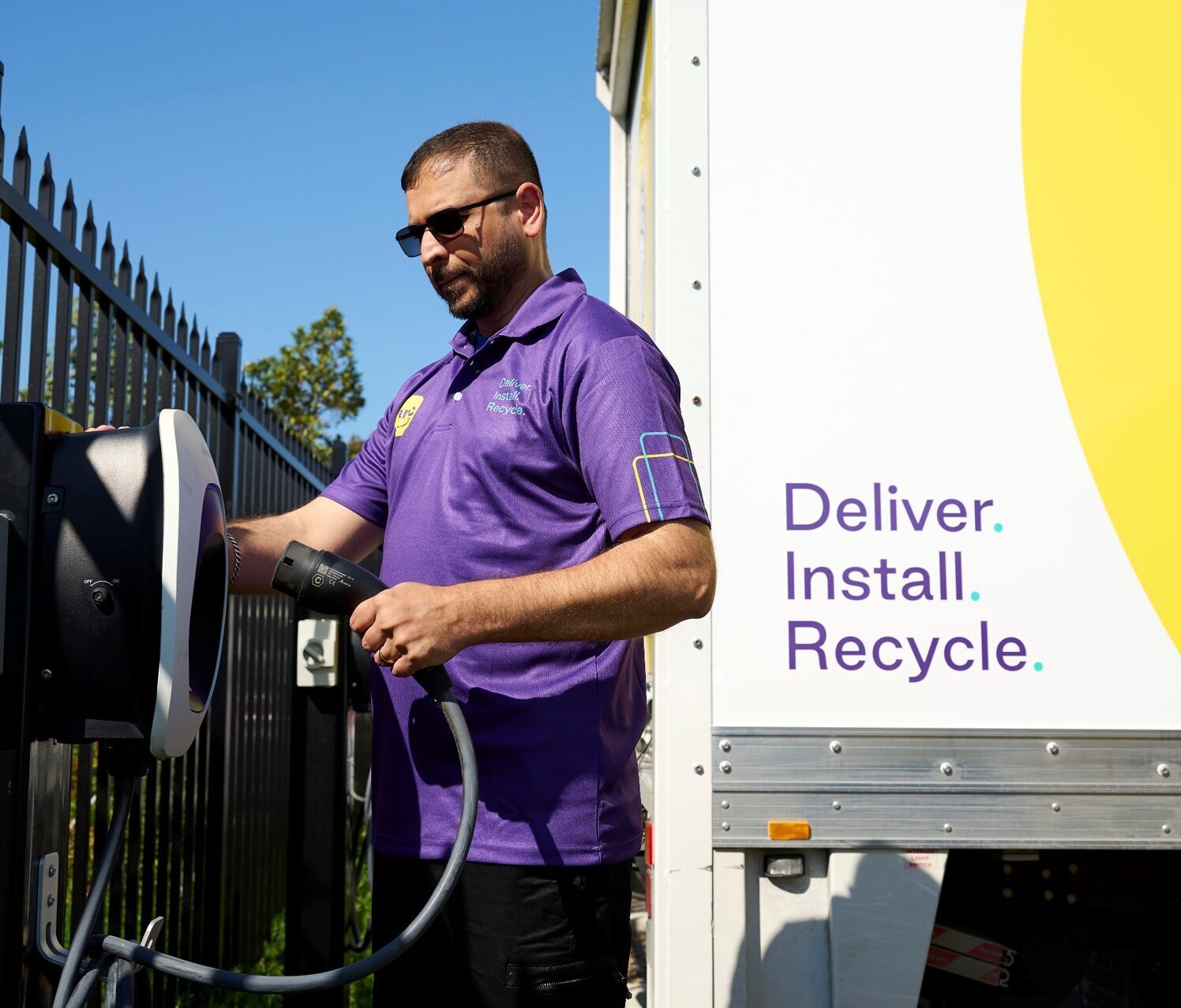Summary
George Weston Foods Limited (GWF) evaluated the feasibility of modernising the refrigeration infrastructure at GWF’s Don Smallgoods facility located in Castlemaine VIC, with the aim of incorporating heat recovery for use in hot water and other process heating uses.
Need
The study relates to the food and beverage manufacturing sector, potentially bringing forward investment in modernised refrigeration equipment and associated heat recovery equipment that increases renewable energy use, reduces greenhouse gas emissions and has potential for replicability to other food processing sites.
The study site comprised three separate plant buildings. Plant 2, the focus of the study, was constructed in a number of stages and has transformed from a drystore and refrigerated storage facility to the main production building for salami and smallgoods manufacturing.
The Plant 2 refrigeration system was complex and difficult to maintain, as well as having multiple areas where equipment was no longer suitable for its current duty (e.g., former blast freezers that now serve as thawing rooms). Plant 2 contains its own refrigeration, steam, hot water, chilled water and compressed air systems.
Action
The study deployed additional metering and a cloud-based data analytics platform, CoolPlanet OS, developed by Climatech Zero, to develop a visual plot of decarbonisation actions and projects against the current emissions and future targets (Net Zero Glidepath).
Next Steps
The Study enabled the Recipient to propose a detailed engineering study (FEED) alongside further technical feasibility studies and integration with the wider plant configuration strategy.
Results
The feasibility study has developed a detailed conceptual design for an advanced refrigeration and heat recovery plant that exploits significant waste heat resources, enhancing energy efficiency and reducing greenhouse gas emissions.
Reclaiming waste heat to offset natural gas-derived thermal energy, particularly in steam and hot water generation, could lead to considerable energy use reduction and lower environmental impact. The savings in gas use are offset by an increase in electricity consumption, but the overall energy cost and emissions profile is significantly reduced due to the recovery of waste heat.
While the concept design presents an opportunity for future carbon abatement, the study has enabled more modest opportunities to improve process efficiency and engagement with energy management at the site. Improved awareness and identification of opportunities for operational and maintenance improvements can typically provide 5 to 15% energy savings (State of NSW and Office of Environment and Heritage, 2019).
Installation and integration of significant metering in the P2 plant, combined with real-time analysis and visualisation via CoolPlant Operating System (CPOS), has enabled benchmarking of energy use and characterisation of energy systems such as:
- P2 Hot Water optimisation – confirm system functionality and optimise existing heat recovery sources.
- Steam use and cost allocation by production area – behavioural change through cost visibility and responsibility.


